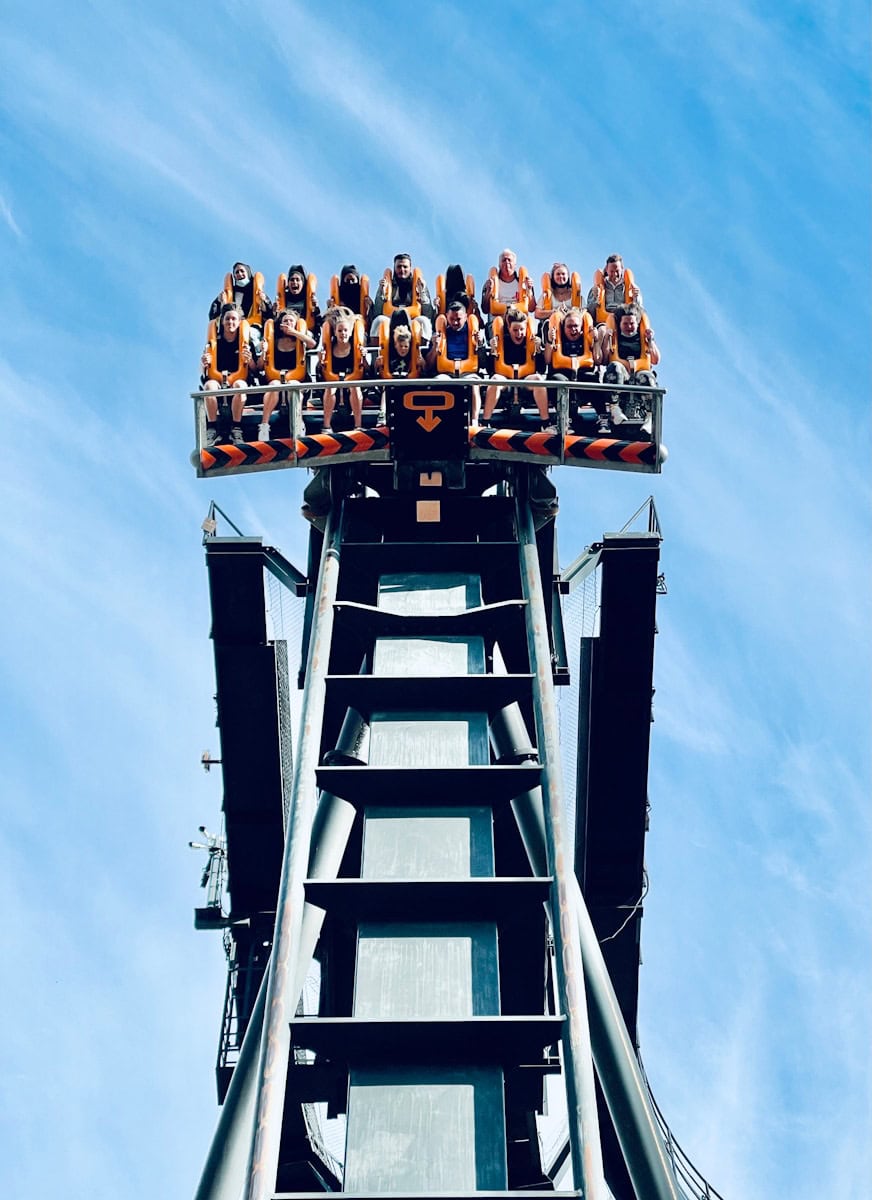by David Clough
Industries in an early phase of emergence are steeped with uncertainty. When this is combined with a complex, novel technology, managers face a deeply challenging environment in which to strategize. In an article forthcoming in the Strategic Management Journal, Douglas Hannah and Kathleen Eisenhardt explore the strategies managers used in the emerging US residential solar industry. This industry has the character of an innovation ecosystem: value is created for customers when complementary components are brought together in a system. Managers must jointly determine which components they will produce and how closely they will cooperate with external partners—all while the technology itself is evolving, shifting the balance of power held by each firm in the ecosystem.
Hannah and Eisenhardt identify three strategies that proved effective. Some managers leaned towards competition. They produced most or all components internally, so they could provide the whole product system, then focused on competing with rival ecosystems. Other managers focused on a single component, cooperating closely with ecosystem partners to provide a whole system. A third set of managers took an intriguing, dynamic approach to navigating the ecosystem: they pursued a bottleneck strategy in which they shifted the firm’s scope to encompass the component in the system that was holding back the growth of the industry. These firms then blended competitive and cooperative relations with other component providers in a carefully orchestrated balance.
Innovation ecosystems are receiving increasing attention in management research. Hannah and Eisenhardt shape this conversation in an important way: they bring the concept of bottleneck strategy to heart of this literature. This is an exciting development, and I’ll use this blog post to reflect and speculate on its implications.1
The concept of a bottleneck is familiar to anyone who has read Eliyahu Goldratt’s classic book “The Goal: A Process of Ongoing Improvement.” The context in Goldratt’s story is a factory’s production line, and he weaves a compelling narrative around the idea that identifying and managing the production process with the slowest throughput—the bottleneck process—is a valuable approach to operational improvement.

But the concept also has a much older precedent. In military strategy, geographic features that act as bottlenecks in the movement of soldiers and supplies have long been recognized as strategically important. Perhaps the most famous example is the Battle of Thermopylae, in which a force of several thousand Greek soldiers (famously including 300 Spartans) held off a force of over 100,000 Persian soldiers for seven days before being overrun. The Greek army focused their defensive resources at a narrow pass, thereby negating the numerical advantage of the Persian army. Control of the bottleneck allowed the Greek army to dictate the terms of military engagement.
Our contemporary strategy research on ecosystem bottlenecks has an element of both of these perspectives. In an innovation ecosystem, we consider the bottleneck component to be the one whose performance—or rate of performance improvement—determines the technological frontier for the whole system. By focusing innovation effort on the bottleneck component, firms create value for the whole system, just as improving the bottleneck process in a factory improves overall output. And by controlling the bottleneck component, firms can capture value from the ecosystem. This can generate fierce competition over this valuable position, which—while less bloody than on the battlefield—bears some resemblance to armies vying for control of a bridge, strait, or pass. In other words, bottlenecks are at the heart of value creation and value capture in innovation ecosystems.
Hannah and Eisenhardt provide an exemplary in-depth study of the competitive dynamics of finding and occupying a technological bottleneck in an innovation ecosystem. The paper provides the beginnings of a playbook for strategy practitioners to follow in these settings. It also opens up the field in many fascinating potential directions.
To highlight one such direction, the authors observed that “bottleneck shifts destabilize ecosystems. They can reshuffle relationships and roles, and thereby create opportunities for advantage” (p.28). When the bottleneck shifts, the locus of power moves swiftly from one component in the system to another. Outwardly, this might look like a discontinuous change. But the driving forces underlying the bottleneck shift might be incremental changes in technology, rather than radical ones. This process whereby slow trends cause discontinuous bottleneck shifts is an exciting area for future work.2 Future research might examine the antecedents of bottleneck shifts; whether managers recognize and anticipate these shifts, and whether—or when—pre-existing competences and complementary assets retain their value after such shifts. I am excited to see where this direction of research will lead!
_______________________________
1 Several other authors have noted the importance of technology bottlenecks in innovation ecosystems, and this blog post also draws inspiration from their work. The following is a non-exhaustive list of technology strategy work on bottlenecks: Baldwin & Clark (2000), Baldwin (2015), Jacobides, Knudsen and Augier (2006), Jacobides and Tae (2015), Ethiraj (2007), Adner and Kapoor (2010; 2016), Kapoor and Furr (2014)
2 Incremental trends precipitating discontinuous shifts garner a lot of attention in the interdisciplinary field of complexity science. The potential to integrate insights from that field with technology strategy theory is another area I find very exciting.
Image credit: George Mamos “Battle Of The Brave”




